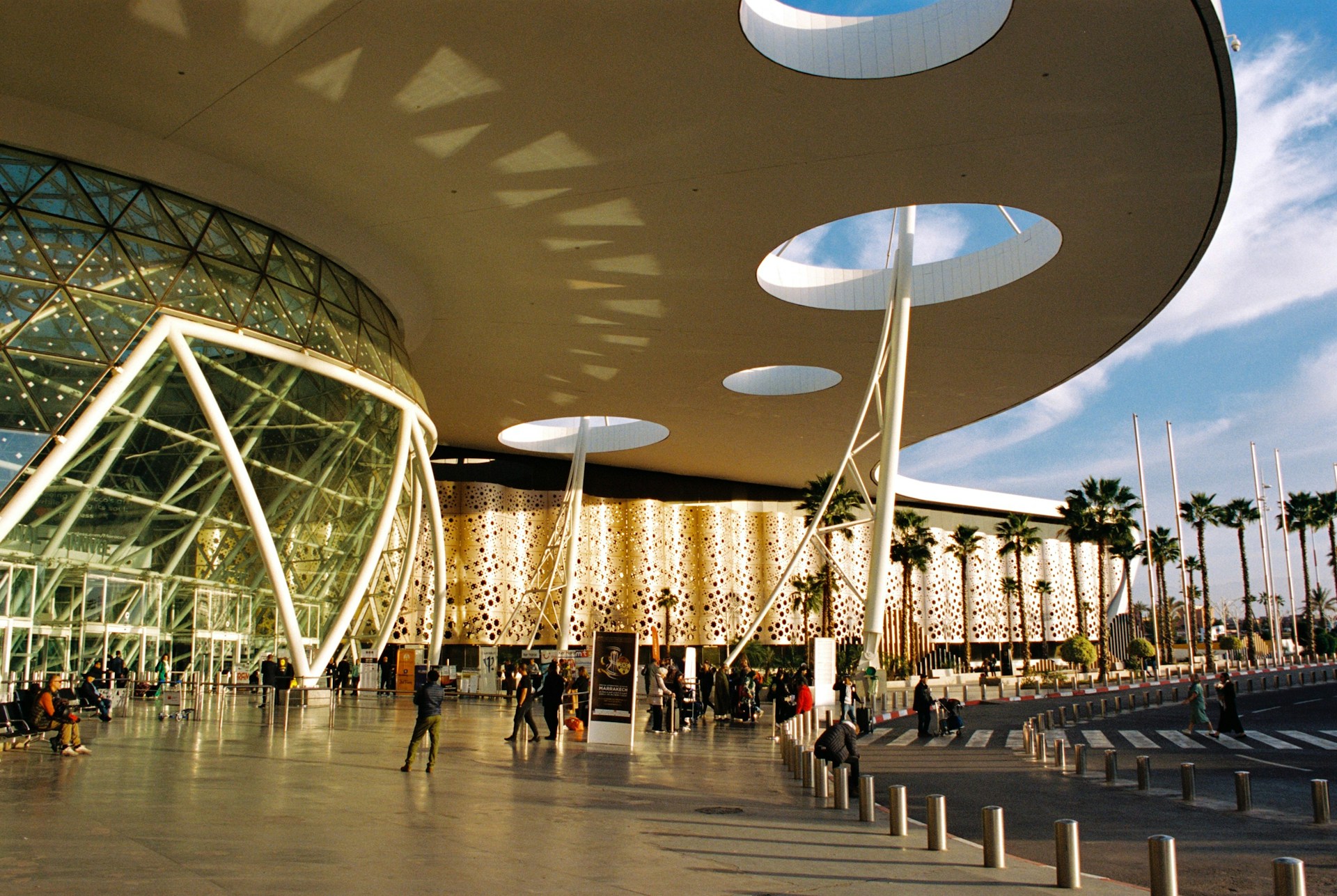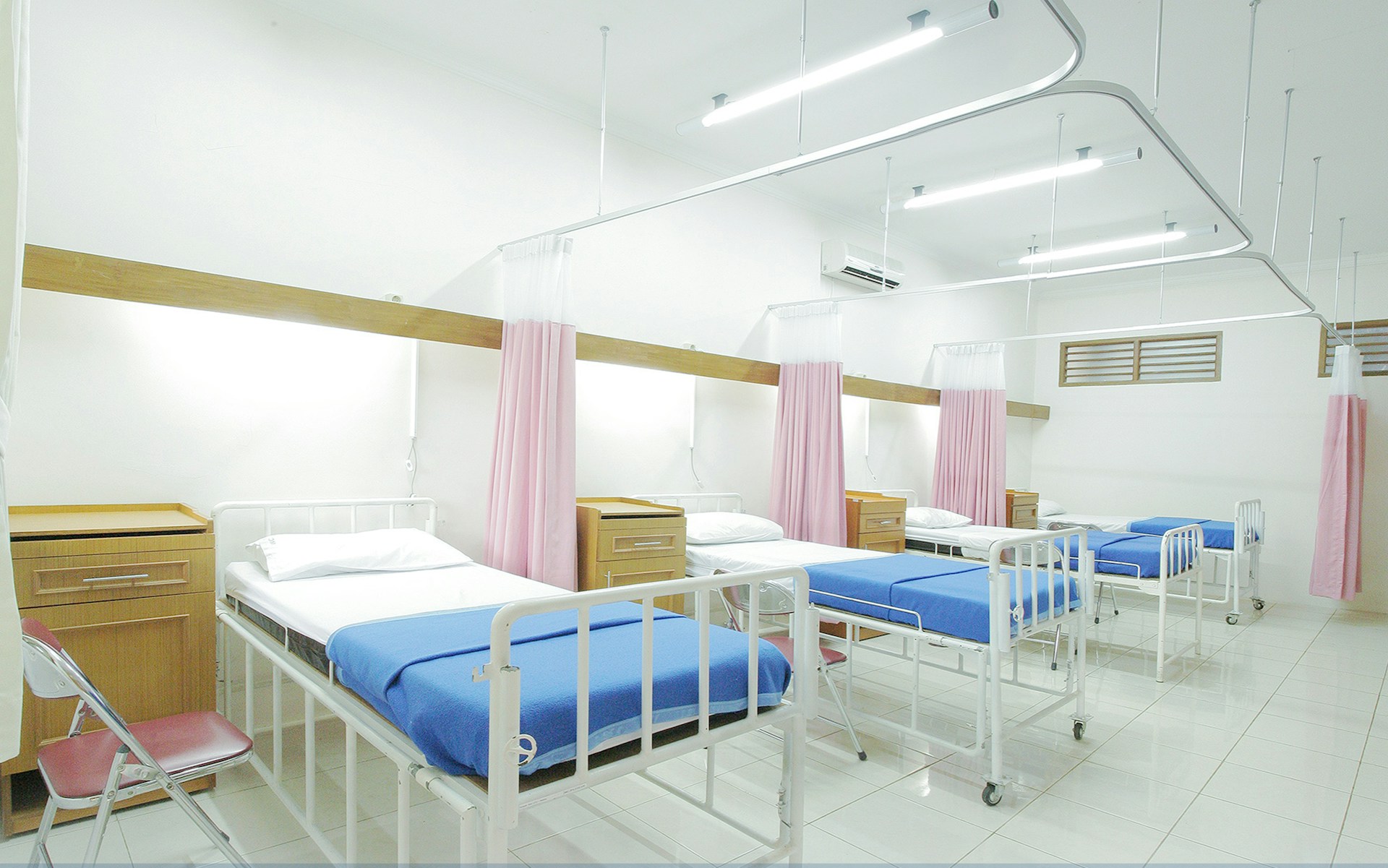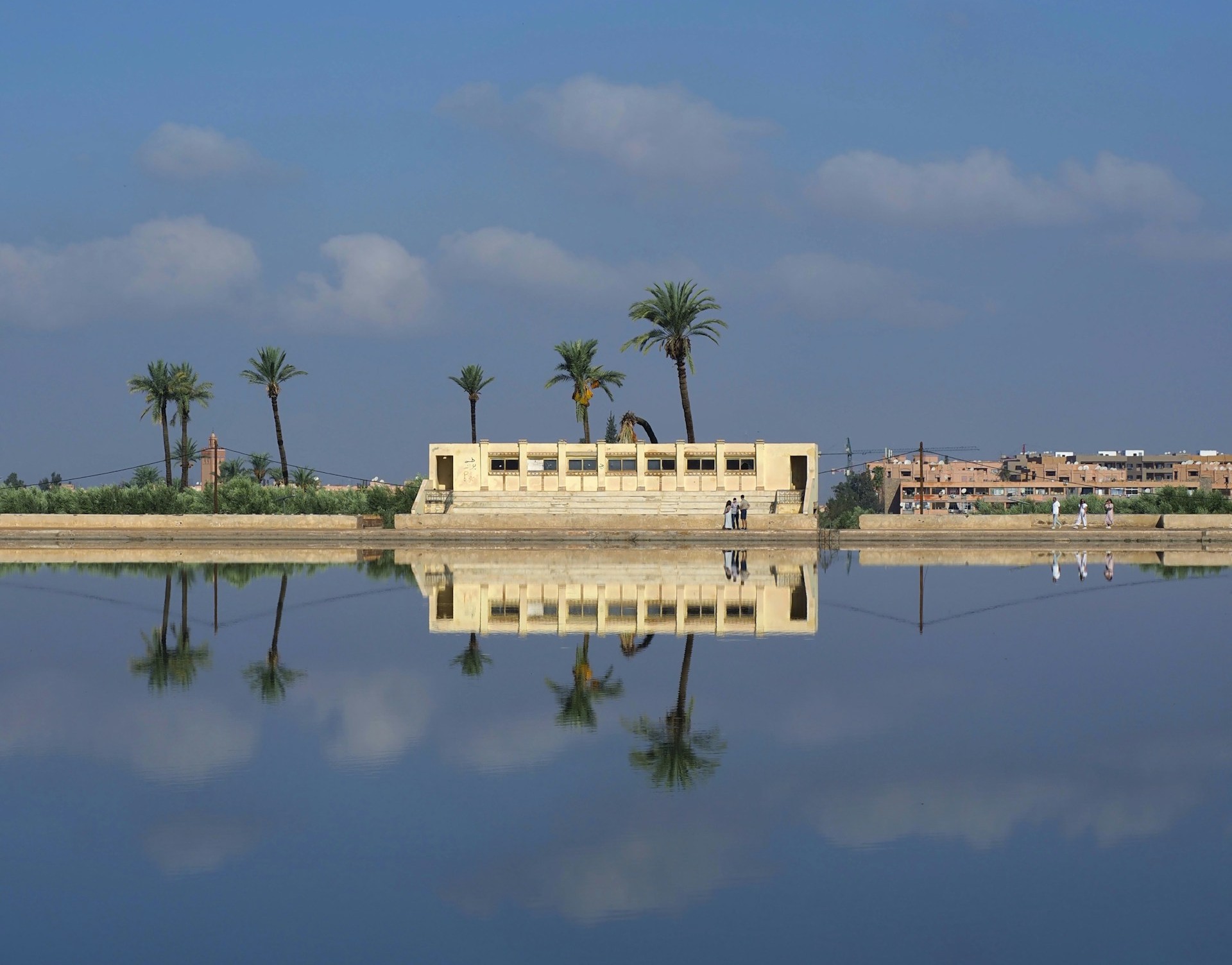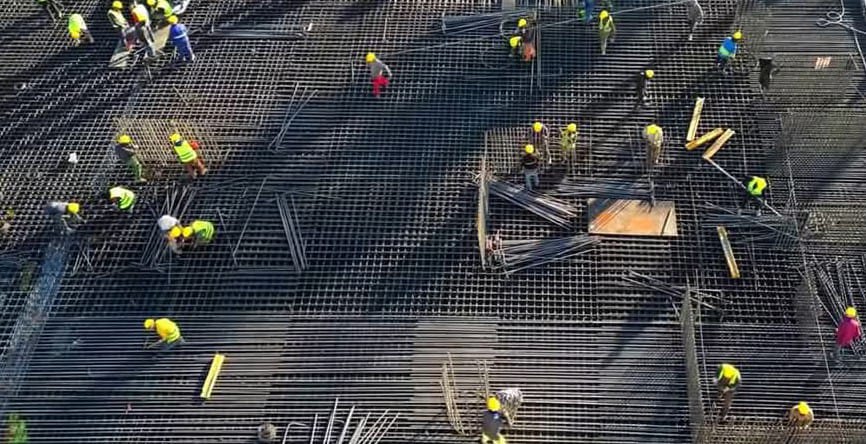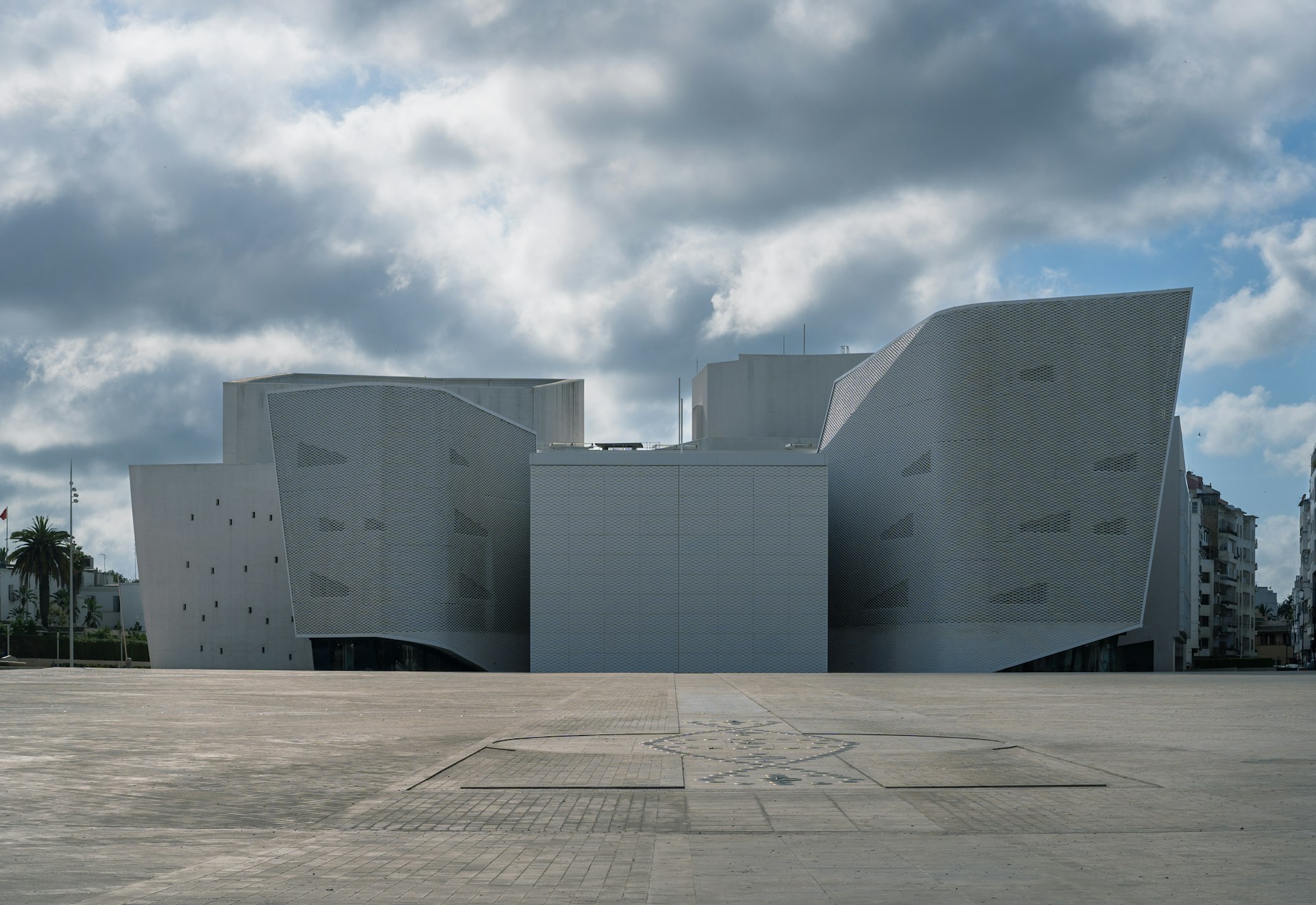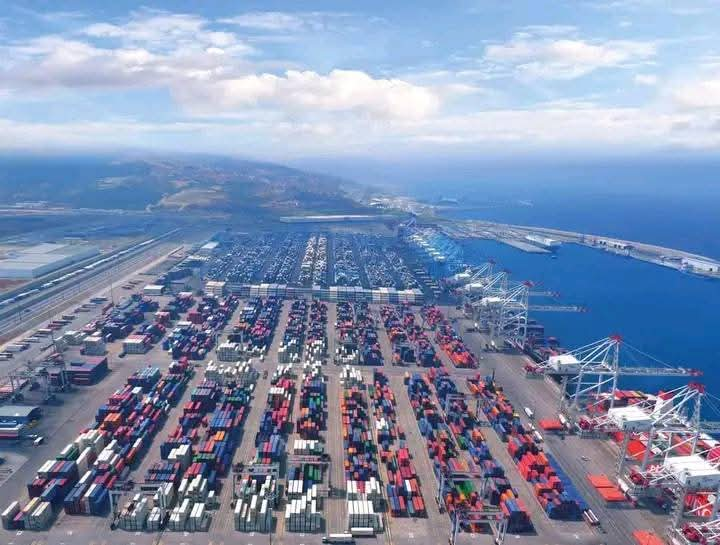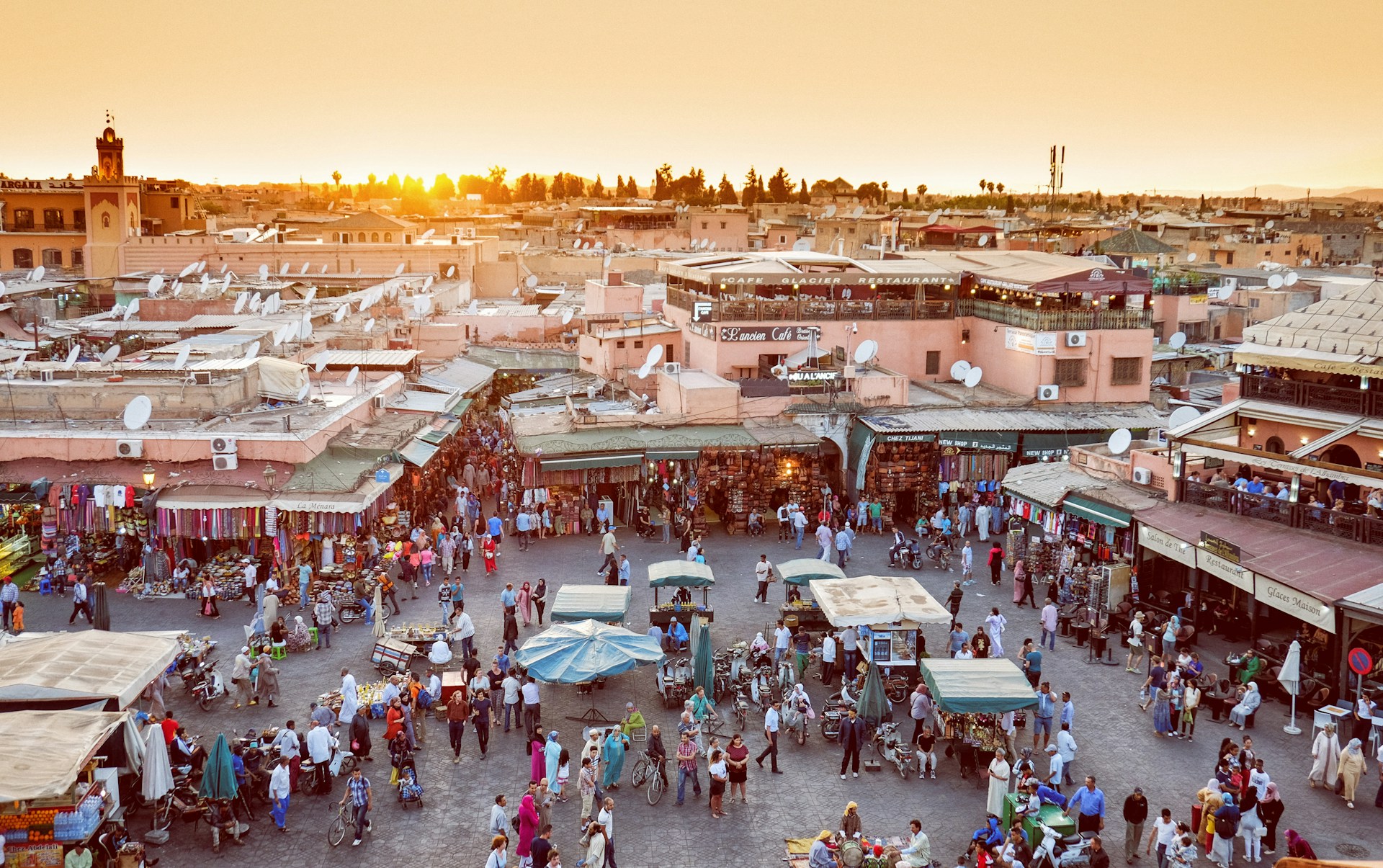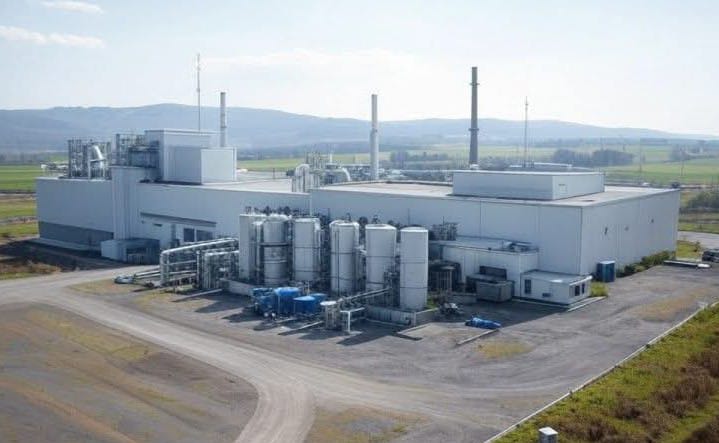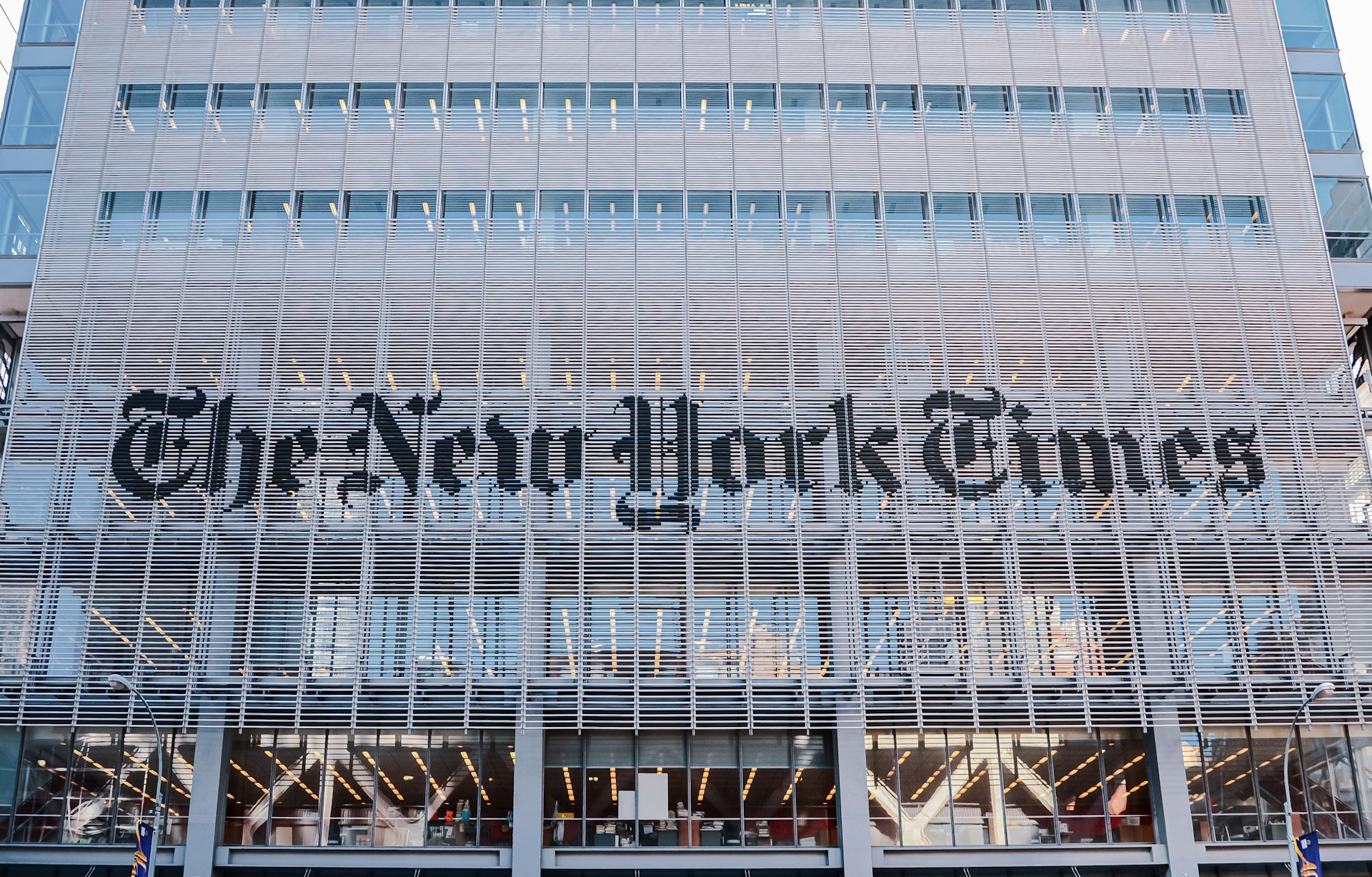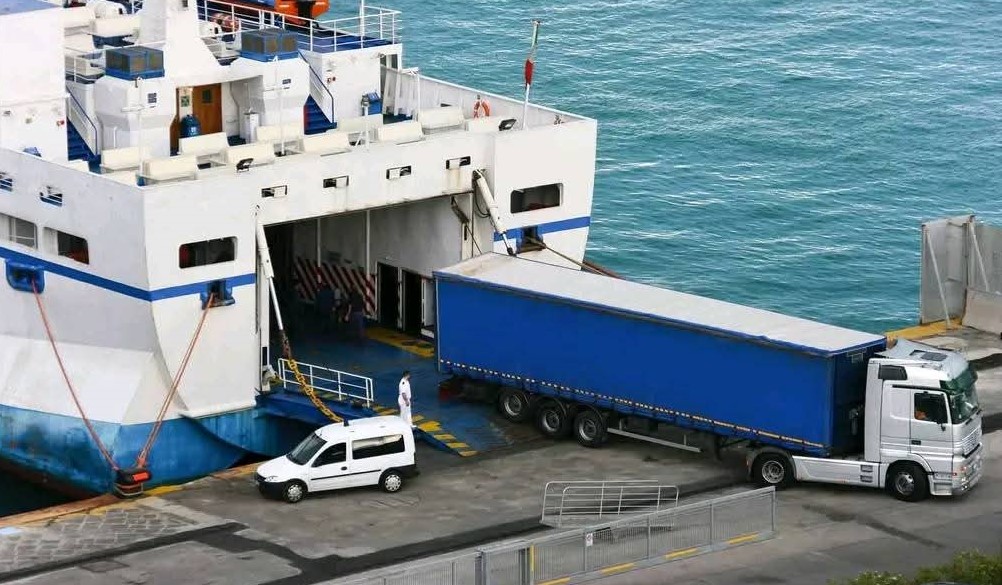Casablanca – Morocco’s real estate sector is poised for a significant rebound, driven by an exceptional combination of large-scale national projects, including the co-organization of the 2030 FIFA World Cup and the reconstruction of regions impacted by the 2023 Al Haouz earthquake. According to recent government reports, these initiatives are not only injecting new life into a sector hit hard by global instability, but also reshaping long-term development strategies in urban planning, infrastructure, and housing.
From decline to renewal: The sector’s trajectory
The real estate sector experienced a notable slowdown in 2022, as reflected in an official report from the National Agency for Strategic Management of State Contributions and Oversight of Public Enterprises. That year saw a 10.6% drop in cement sales and a 15.4% decline in property transactions. The downturn was attributed to a combination of factors including rising construction costs, global supply chain disruptions linked to the war in Ukraine, higher interest rates, and declining household purchasing power.
However, the report notes that by 2023, the sector had begun showing signs of recovery. This moderate rebound is expected to accelerate starting in 2024, bolstered by a series of targeted public investments and strategic policy measures.
Major projects reshaping the landscape
Two primary drivers are behind this anticipated resurgence: Morocco’s preparation for hosting the 2030 FIFA World Cup alongside Spain and Portugal, and a comprehensive five-year reconstruction program for earthquake-affected zones, particularly Al Haouz Province.
The reconstruction plan alone is backed by an investment of approximately $12.37 billion for the period 2024–2028. The funds are earmarked for rebuilding homes, improving infrastructure, and enhancing the urban fabric in affected rural and peri-urban areas. The scale of this initiative is expected to create jobs, stimulate construction activity, and strengthen local economies.
In parallel, preparations for the 2030 World Cup are generating significant infrastructure development, including the renovation and expansion of stadiums, upgrades to airports, and extensions of high-speed rail lines. These projects are already spurring demand in the construction and real estate sectors, with ripple effects felt in logistics, tourism, and services.
Housing access and social impact
A central pillar of Morocco’s new housing policy is the implementation of a direct subsidy program for first-time homebuyers from low- and middle-income households. This initiative, launched in early 2024, aims to improve access to homeownership and stimulate residential real estate demand. Officials expect it to play a vital role in improving housing affordability while boosting construction activity, especially in secondary cities and rural areas.
Progress is also being made on the long-standing “Cities Without Slums” program, which targets the eradication of informal housing and unsafe dwellings. In 2023, efforts by the Casablanca Housing and Development Company (CIE) led to the relocation of over 38,000 families and the rehousing of an additional 4,200 households within the Casablanca–Settat region. Authorities have stated that similar initiatives are being expanded to other urban centers as part of broader urban renewal strategies.
Land registration and rural development
The government has also prioritized the modernization and digitalization of land management systems. In 2023, the National Agency for Land Conservation, Cadastre, and Cartography (ANCFCC) issued 462,509 property titles—an increase of 5% from the previous year. Notably, over 211,000 of these were in rural areas. The total area newly registered reached 1.1 million hectares, marking a 64% increase year-over-year.
This expansion is expected to improve land tenure security, facilitate investment in agricultural zones, and contribute to rural development and economic stability. Authorities view land registration as a crucial element in integrating rural populations into formal markets and strengthening their resilience.
Institutional reforms to enhance governance
To support the growing complexity and scale of real estate-related programs, the government is also focusing on institutional reforms. Recommendations outlined in the latest EEP report include downsizing governance boards of public enterprises, establishing specialized committees, revising criteria for appointing board members, and ensuring gender parity and independent oversight. The goal is to enhance transparency, accountability, and the professional management of public assets.
Outlook: Toward sustainable growth
The confluence of post-disaster recovery, major international sporting events, and housing reforms is generating a unique momentum for Morocco’s real estate and construction sectors. Analysts from institutions such as BMI-Fitch Solutions estimate that Morocco’s GDP could see an annual boost of up to 0.5 percentage points between 2025 and 2030 as a result of increased tourism, infrastructure investment, and employment generation.
However, experts caution that sustaining this growth will depend on effective governance, transparent public procurement, and continued coordination between national and local stakeholders. Long-term success, they argue, will hinge not only on delivering projects on time but also on ensuring their integration into broader economic and social development plans.
As Morocco positions itself as a regional hub for tourism, sports, and investment, the real estate sector is set to play a pivotal role in the country’s transformation—moving from recovery to resilience, and from construction to inclusive growth.
